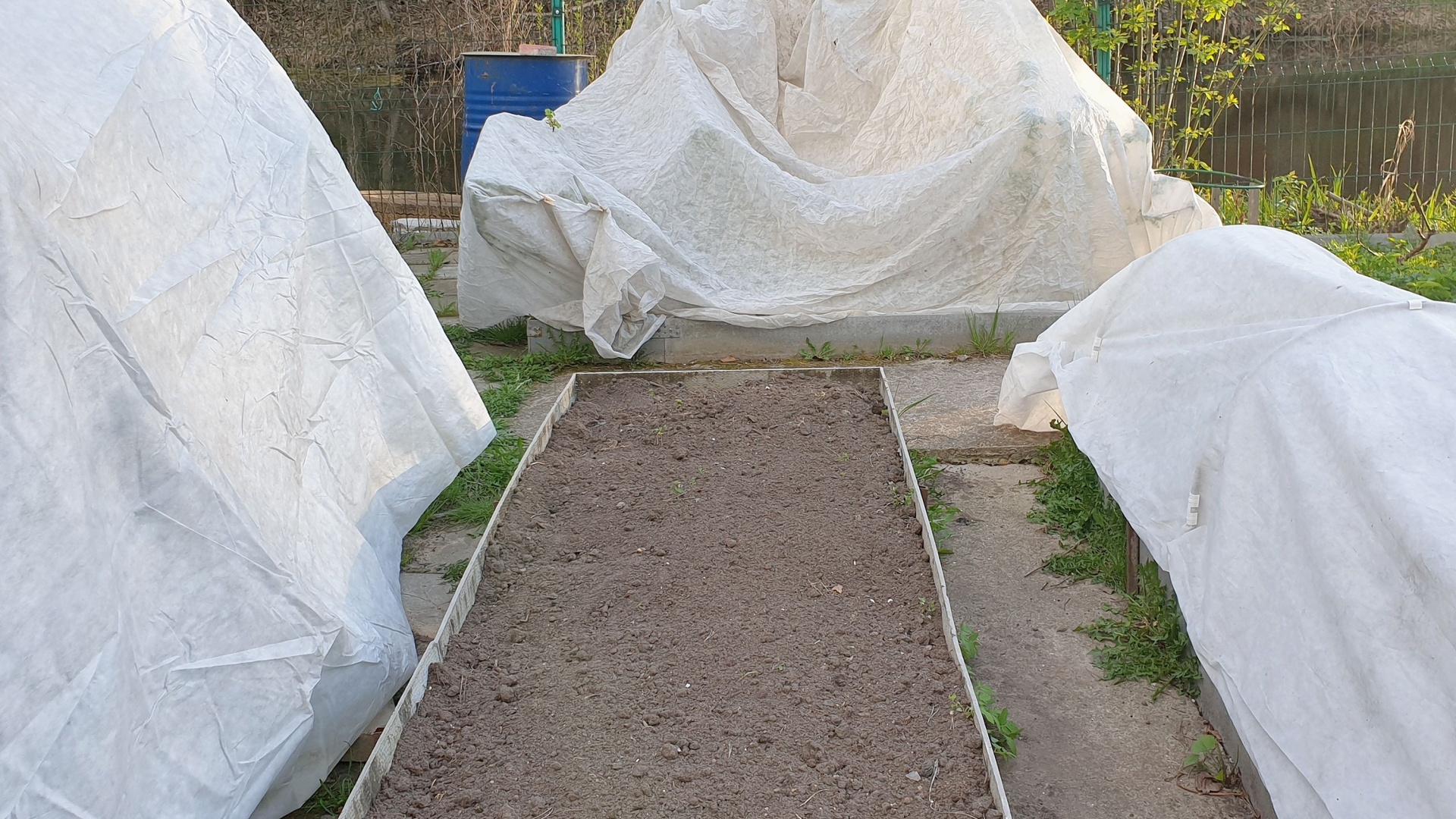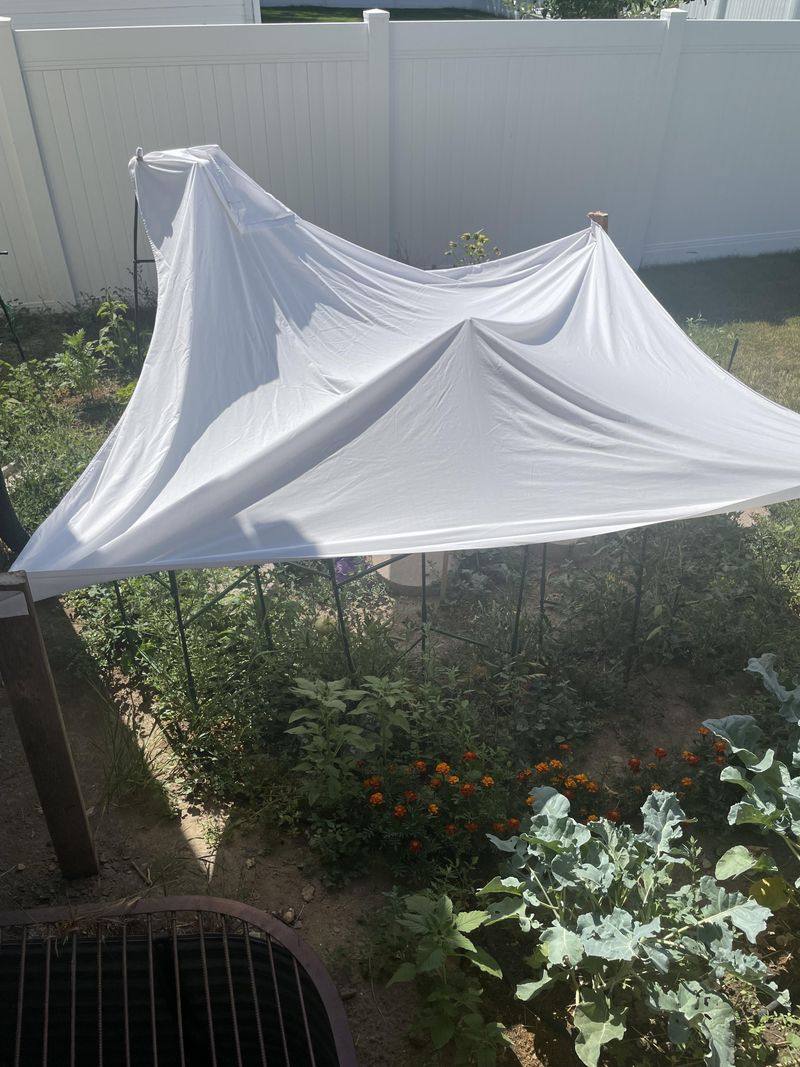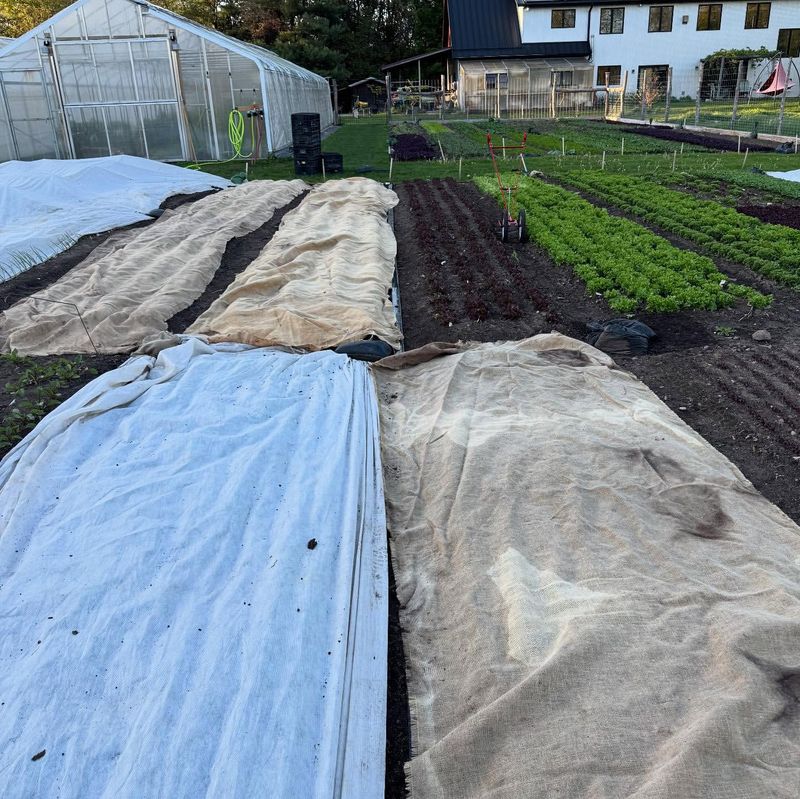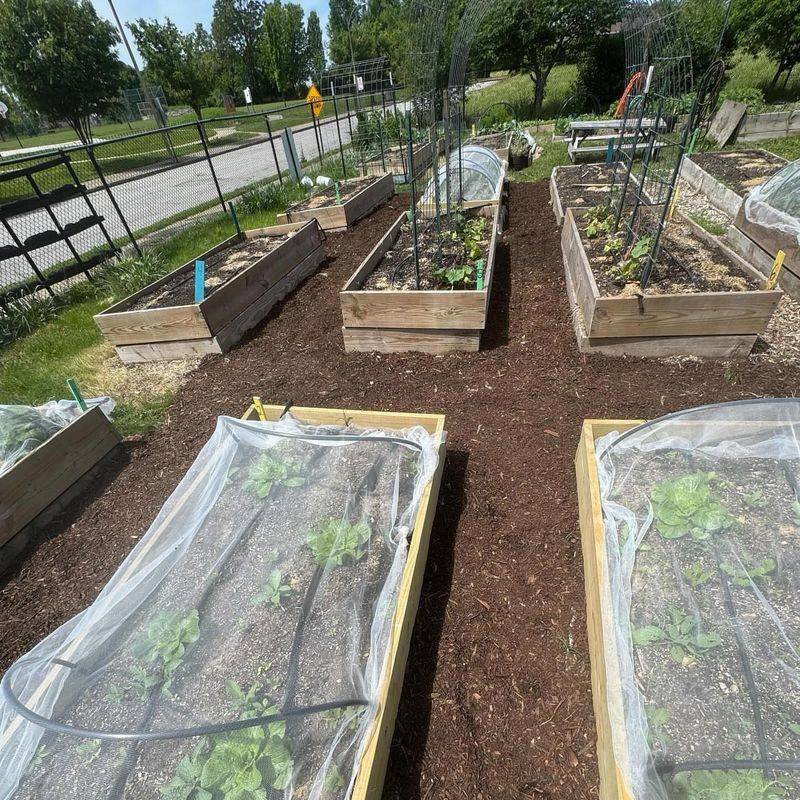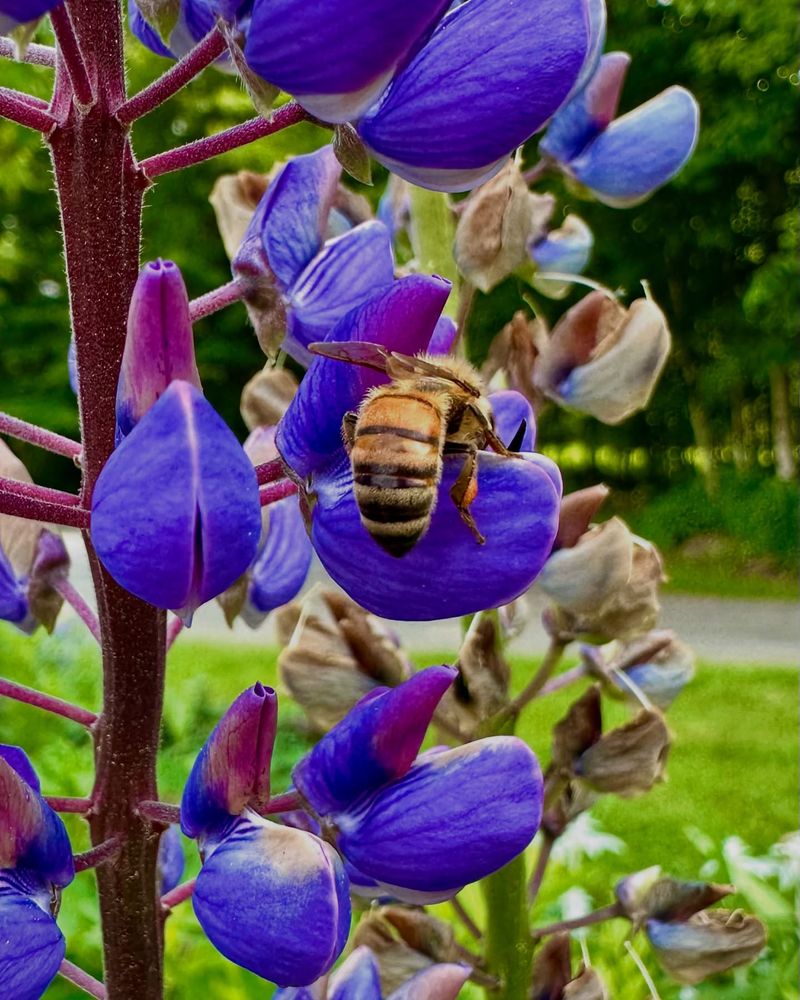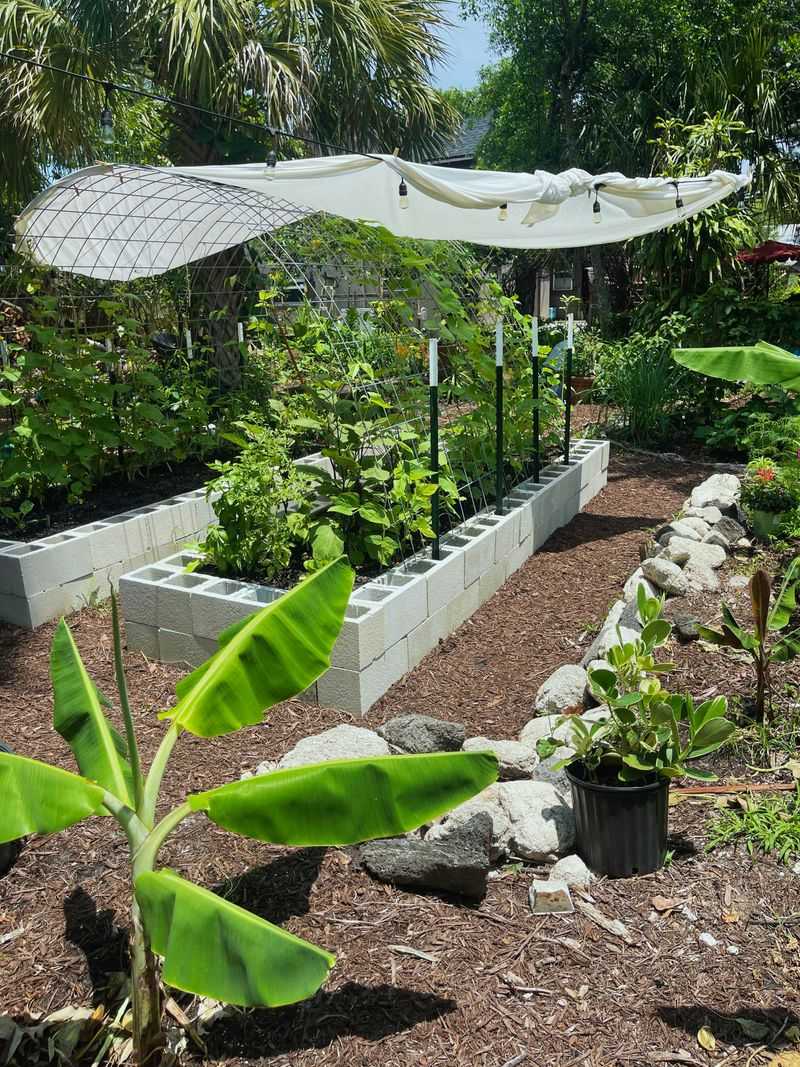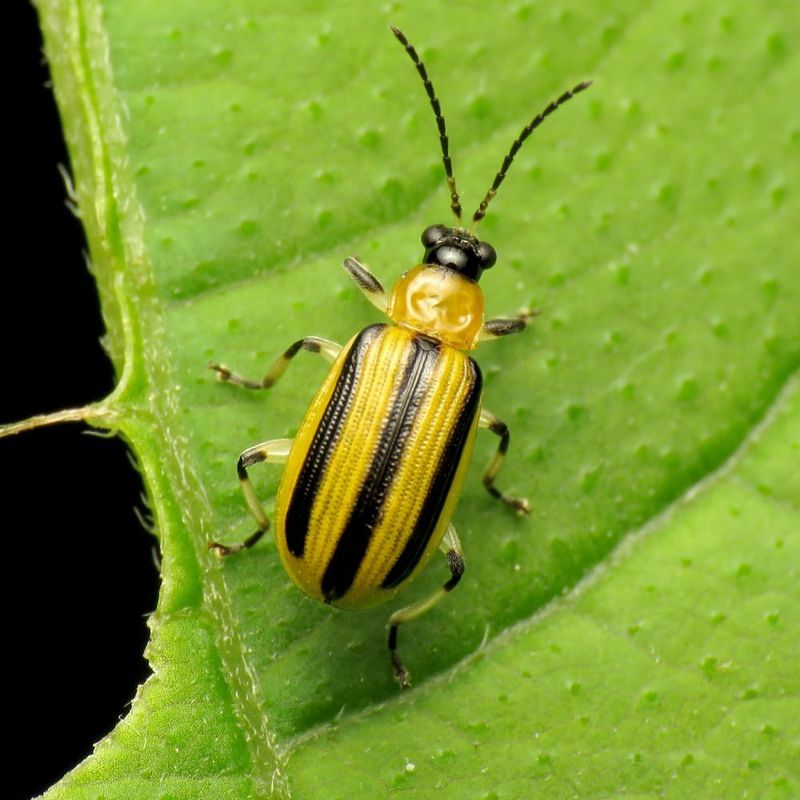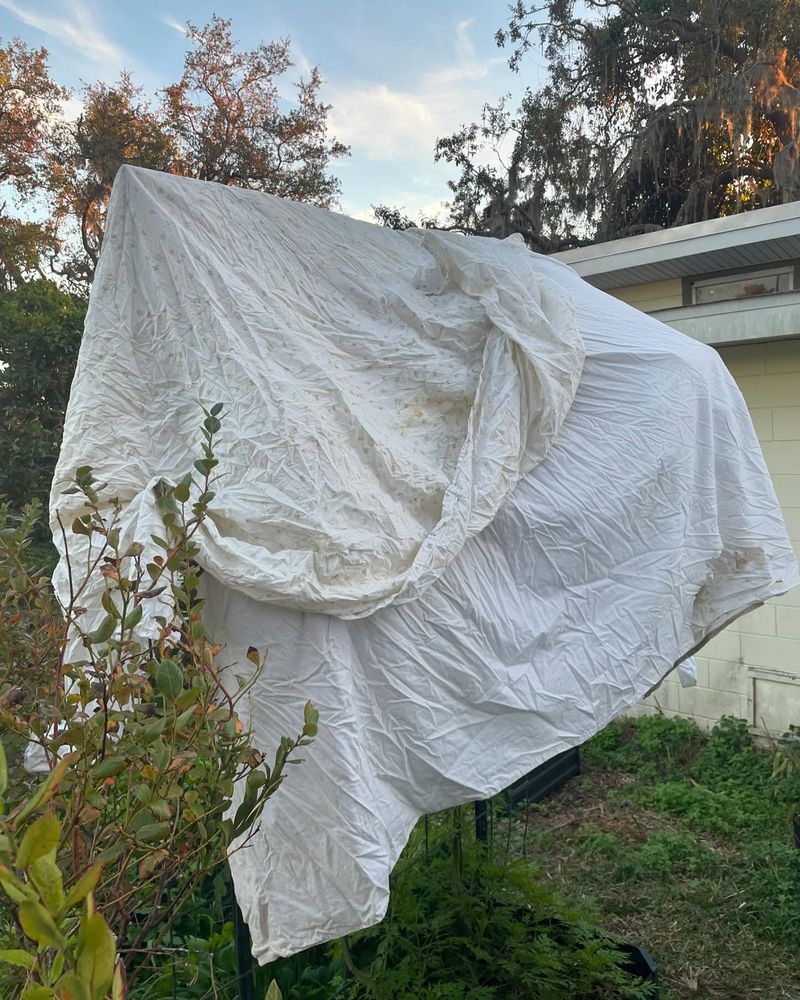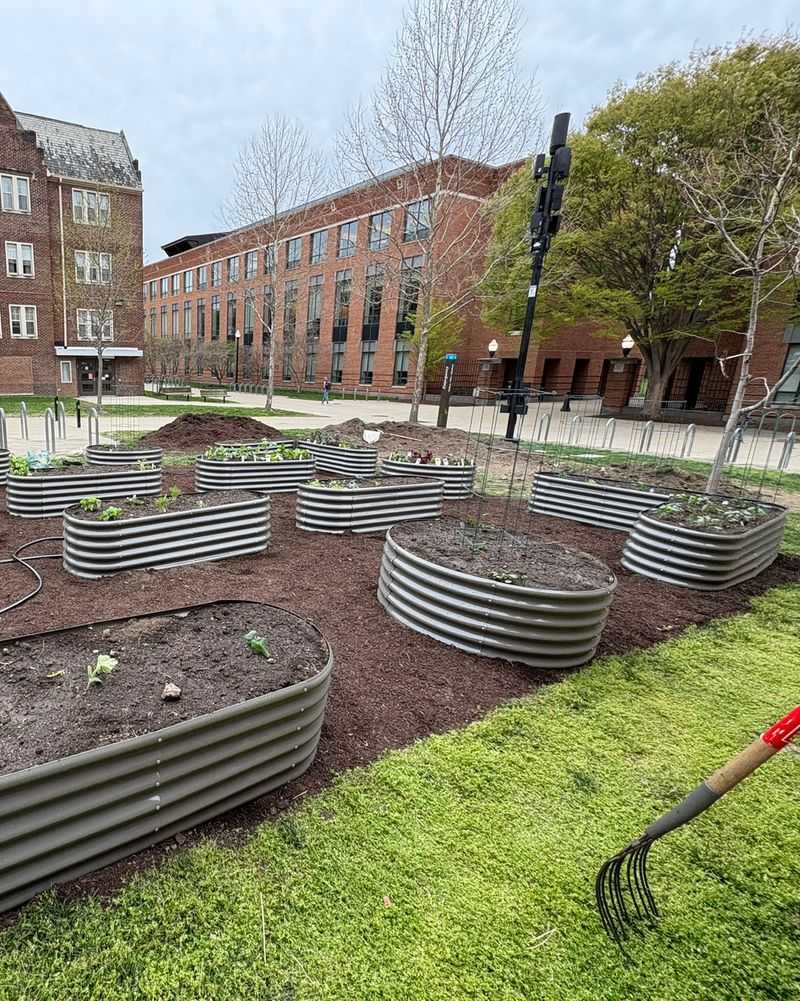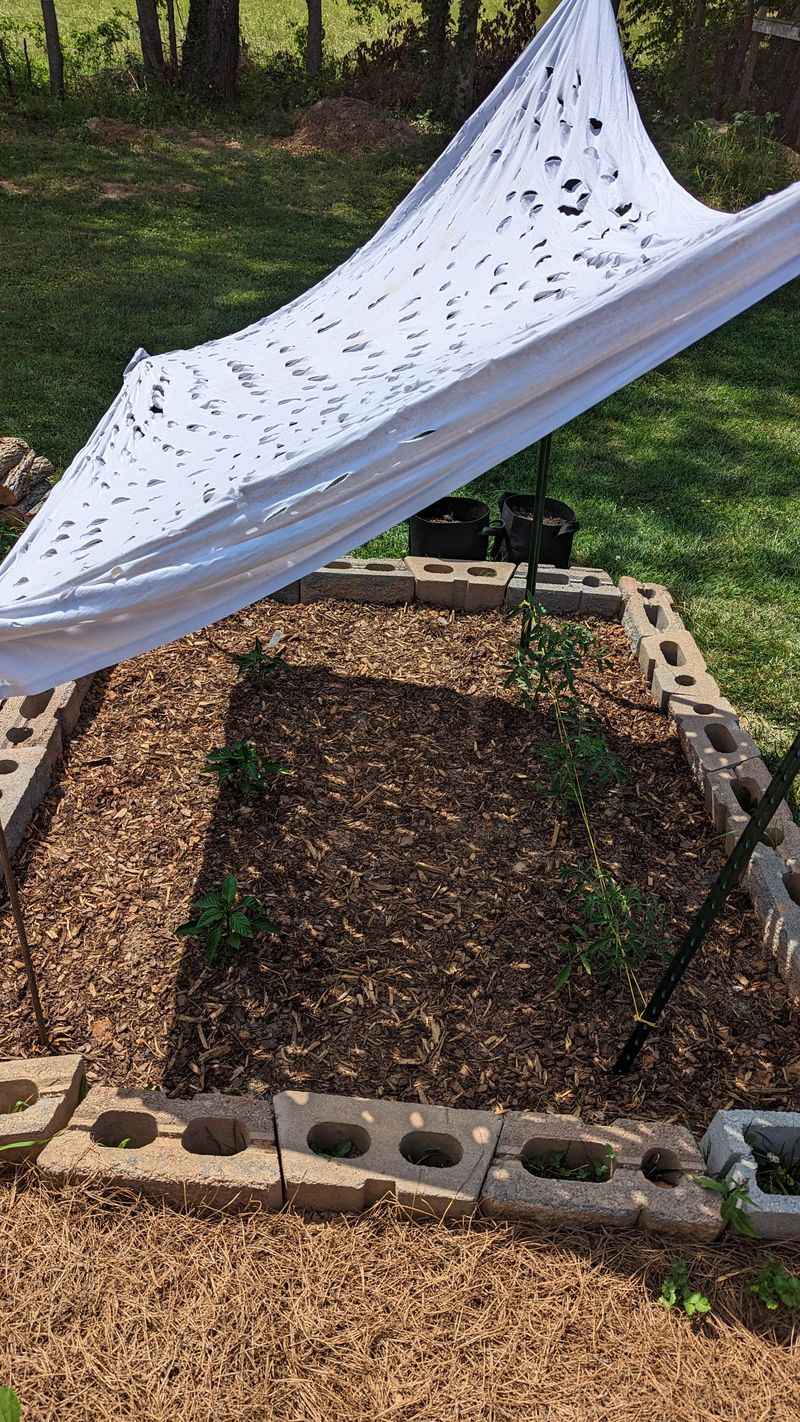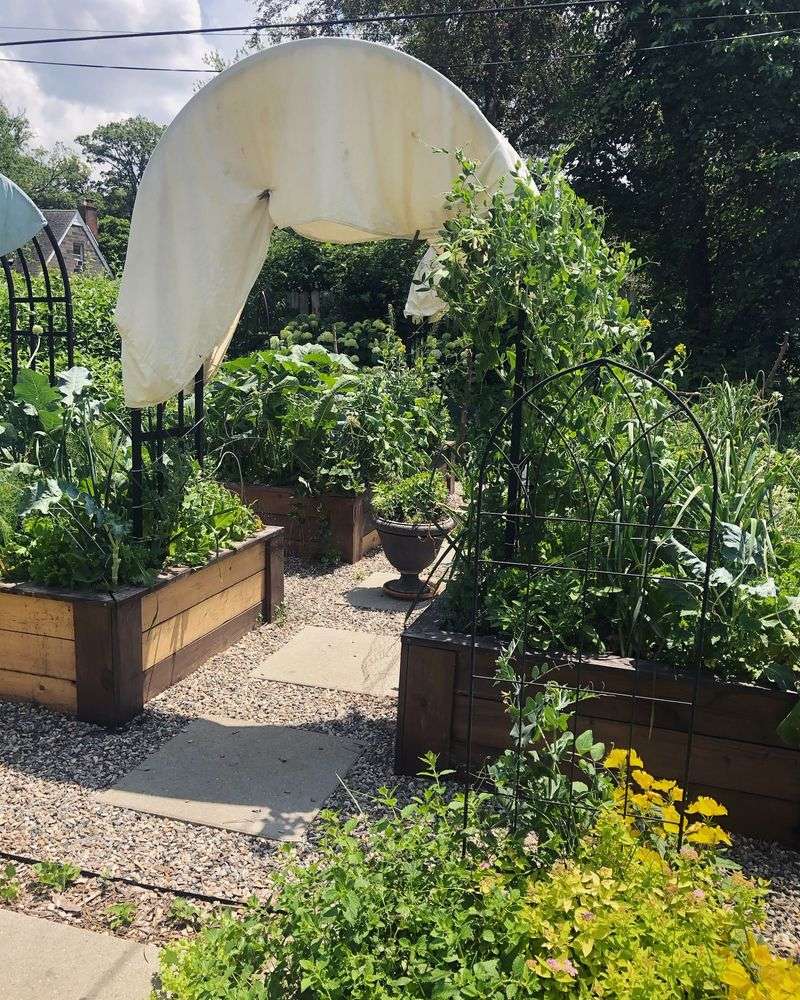As scorching temperatures grip much of the U.S., gardeners are turning to an unexpected hero: the humble bed sheet. Draping lightweight sheets over plants provides instant shade, helps reduce heat stress, and can even prevent sunburn on sensitive crops.
It’s a simple, low-cost trick that could save your garden during the current heatwave.
1. Sunburn Prevention for Sensitive Plants
Just like human skin, plant leaves can get sunburned during intense heat. White or light-colored sheets reflect sunlight rather than absorb it, creating a protective barrier that filters harsh rays. Many gardeners drape sheets over tomatoes, peppers, and leafy greens during peak sun hours (10am-4pm).
The fabric allows enough light through for photosynthesis while preventing the scorching that turns leaves brown and crispy.
2. Moisture Retention in Dry Soil
Sheets create a microclimate that significantly reduces water evaporation from soil. When draped over garden beds or wrapped around container plants, the fabric traps humidity close to the ground. Garden soil can dry out completely in just hours during extreme heat.
Many gardeners report watering once instead of twice daily when using sheet protection, saving both water and time while keeping plants happier.
3. Temperature Regulation for Delicate Seedlings
Young seedlings have limited root systems that make them especially vulnerable to heat stress. Sheets create shade that can lower soil temperatures by 10-15 degrees during the hottest part of the day.
Many gardeners use old fitted sheets stretched over simple PVC hoops to create mini-greenhouses. The elastic edges grip perfectly around raised bed frames, making installation quick and secure even on windy days.
4. Pollinator Protection During Peak Heat
Bees and butterflies struggle when temperatures soar, yet they’re essential for vegetable production. Partially shaded gardens with strategic sheet placement create cool zones where pollinators can continue working.
Smart gardeners leave flowering sections exposed during morning hours when pollinators are most active. They then cover plants during the afternoon heat, creating a rhythm that supports both plant health and insect activity.
5. Wind Barrier for Fragile Plants
Hot summer winds can be just as damaging as direct sunlight, rapidly dehydrating plants and breaking delicate stems. Sheets secured along garden edges create effective windbreaks that protect vulnerable plants.
Tall plants like sunflowers and corn often snap during summer storms. Gardeners use sheets tied to stakes as temporary barriers, preventing damage while still allowing air circulation that reduces fungal issues common in hot, humid weather.
6. Pest Deterrent During Heat Spikes
Certain garden pests thrive during heatwaves, seeing stressed plants as easy targets. Sheet barriers physically block cabbage moths, Japanese beetles, and other insects from reaching your precious plants.
Light-colored sheets make it difficult for flying pests to locate plants by sight. Many gardeners use old sheets with small tears or stains for pest protection, giving new life to linens that would otherwise end up in landfills.
7. Emergency Frost Protection During Temperature Swings
Climate change brings unpredictable weather, including sudden temperature drops even during summer months. Gardeners keep sheets ready for those surprising cold snaps that can follow heatwaves. Sheets trap heat radiating from the soil at night, creating a buffer zone that can prevent frost damage.
The same sheets that provide daytime shade easily convert to nighttime insulation, making them truly versatile garden tools during unstable weather patterns.
8. Sustainable Alternative to Commercial Products
Commercial shade cloths and garden covers can be expensive and often contain synthetic materials. Old cotton sheets provide similar benefits without the environmental impact or cost. Repurposing household linens keeps textiles out of landfills while protecting gardens.
Many community garden groups organize sheet donation drives where members bring outgrown or unwanted bedding to share, creating a sustainable resource pool for all gardeners.
9. Customizable Coverage for Different Plant Needs
Gardens contain plants with varying sun requirements, making uniform shade solutions impractical. Sheets can be cut, folded, or layered to provide exactly the right amount of protection for each plant variety. Lettuce might need full coverage while tomatoes benefit from partial shade.
Clever gardeners use clothespins to gather sheet sections, creating adjustable openings that allow customized light patterns throughout the day as the sun moves across the sky.
10. Quick Emergency Response to Heat Warnings
When meteorologists announce sudden heat waves, gardeners need fast solutions. Bed sheets stored in garden sheds provide immediate protection when there’s no time for shopping trips. Unlike commercial products that might require special ordering or installation, sheets can be deployed in minutes.
Many gardeners keep a dedicated “garden sheet” collection ready to go, allowing them to quickly protect vulnerable plants when unexpected temperature spikes are forecast.

